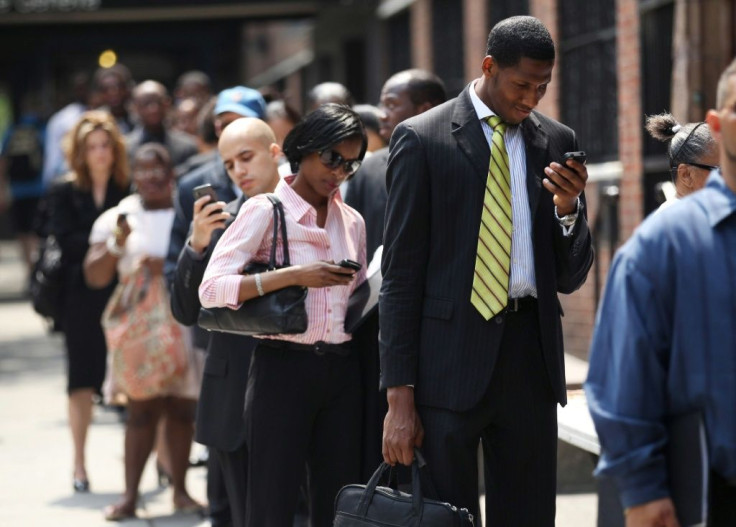US Economy Defeats Forecasts By Posting 467,000 New Jobs In January Despite Omicron

The U.S. labor market started off the new year stronger than expected with 467,000 jobs added in January, the Department of Labor reported on Friday.
Initial expectations were measured on whether the U.S. economy, saddled by the Omicron variant of COVID-19 and high inflation, would produce such strong numbers. The White House had been cautioning in advance that the figures could be undermined by Omicron while forecasts projected only 150,000 jobs to be added.
The forecasts were likely influenced by the disappointing 199,000 positions added in December, owing to the Omicron surge that month. Adding to the worries was an earlier report by private payroll processor ADP that found the economy lost 301,000 jobs in the last month, largely among pandemic-sensitive services in the leisure and hospitality sectors.
But Dan North, a senior economist at Euler Hermes North America, cautioned that there is a consistent divergence between these numbers and those that come out in the Labor Department’s reports that should be remembered.
“The ADP numbers have correlated very poorly with the nonfarm payroll numbers in the employment report from month to month,” said North in an email to International Business Times. North added that the losses found in that report were likely related to Omicron and were likely to be temporary, a view echoed by ADP’s chief economist.
There were still some caveats to the Labor Department’s report behind the headline job numbers. Over 8 million workers remained out of the workforce for COVID-19-related reasons between Dec. 29 and Jan. 10.
In the department’s establishment survey, a person can count as unemployed if they are on unpaid sick leave but still have a job, which may explain in part why the unemployment figure rose to 4%.
Labor force participation barely budged, growing 0.3% to 62.2% last month, leaving it below the 63.4% rate last seen in February 2020. The department recorded 557,000 resignations from the workforce as more Americans began to retire.
North said the participation rate was of particular importance to watch compared to the unemployment figure. Pointing to the number of recent early retirements, he explained that it was unlikely that participation would be returning to pre-pandemic levels just yet.
"[The participation rate] has been slowly climbing since the collapse of April 2020 and has held at 61.9% for the past two months, but needs to get back up to pre-pandemic levels," North said. "A bigger problem is that the participation rate has been falling for two decades because of the 'fatal demographic' of baby boomers retiring at the rate of 10,000 per day and there are not enough people coming into the workforce to replace them."
© Copyright IBTimes 2025. All rights reserved.





















